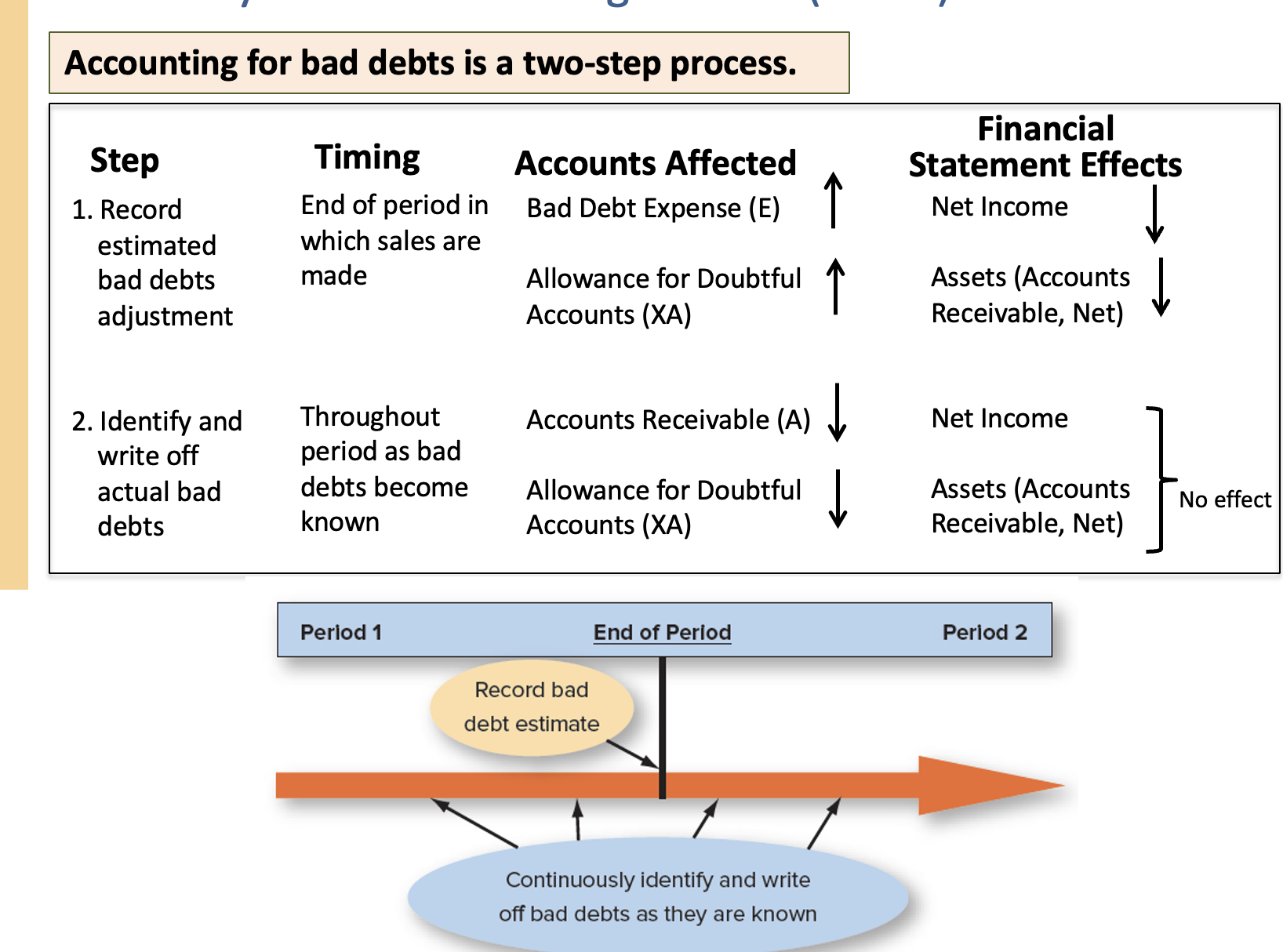Inventory Management and Cost of Goods Sold
Chapter 7: Reporting and Interpreting Cost of Goods Sold and Inventory
Learning Objectives
7-1: Apply the cost principle to identify amounts included in inventory and cost of goods sold for various businesses (retailers, wholesalers, manufacturers).
7-2: Report inventory and cost of goods sold using four inventory costing methods.
7-3: Decide on beneficial inventory costing methods for companies.
7-4: Report inventory at the lower of cost or net realizable value.
7-5: Understand methods for controlling inventory and analyze inventory error effects on financial statements.
7-6: Evaluate inventory management using the inventory turnover ratio and analyze effects on cash flows.
Understanding Inventory Management
Goals:
Keep sufficient high-quality inventory for customer needs.
Minimize inventory carrying costs (production, storage, obsolescence, financing).
Items Included in Inventory
Types of Inventory:
Manufacturing:
Raw Materials Inventory: Basic materials used in production.
Work in Process Inventory: Incomplete goods in production.
Finished Goods Inventory: Completed goods ready for sale.
Merchandise:
Merchandise Inventory: Inventory held for resale by merchants.
Costs Included in Inventory Purchases
Initial Cost Recording:
Recorded at cost, including all expenses to prepare the inventory for sale:
+ Invoice price
+Freight-in
+Inspection and preparation costs
- Deduct returns and discounts to determine
= total inventory cost.
Materiality Constraint: Minor costs like inspection may not need to be assigned to inventory.
Inventory Costing Methods
Four Methods:
Specific Identification
First-In, First-Out (FIFO)
Last-In, First-Out (LIFO)
Average Cost
*****Cost Flow Assumptions: The chosen method for accounting does not necessarily reflect the physical movement of goods but is a financial reporting necessity.**************
FIFO: Oldest inventory costs are used first for cost of goods sold.
LIFO: Newest inventory costs are used first.
Average Cost: Cost of goods sold and inventory are recorded at a weighted average.
Cost of Goods Sold Calculation
Formula:
CGS = Beginning Inventory + Purchases - Ending Inventory
Example: For Harley-Davidson:
Beginning Inventory: $40,000
Purchases: $55,000
Ending Inventory: $35,000
Cost of Goods Sold = $40,000 + $55,000 - $35,000 = $60,000

Inventory Systems
Perpetual System: Inventory updated with every transaction.
Periodic System: Inventory updated at the end of a period, calculates cost of goods sold based on periodic counts.
Evaluating Inventory Management
Inventory Turnover Ratio:
Formula: Cost of Goods Sold / Average Inventory
Indicates efficiency of inventory management; higher ratios suggest more efficient management.
Average Days to Sell Inventory:
Formula: 365 / Inventory Turnover Ratio
External Reporting Considerations
LIFO Conformity Rule: If LIFO is used for tax purposes, it must also be used for financial reporting.
Valuation at Lower of Cost or Net Realizable Value:
Required under conservatism principle to prevent overstating assets or income.
Write-downs are necessary when the net realizable value drops below cost.
Ethical Considerations in Inventory Accounting
Managers may choose inventory methods to report higher earnings, creating potential conflicts with owners' interests.
A well-designed compensation structure can align managers' actions with owners' goals.
Conclusion
Effective inventory management practices are essential for optimizing financial performance, supporting customer service, and maintaining accurate financial reporting.
Companies must navigate the complexities of cost accounting methods while adhering to regulatory standards and ethical considerations.